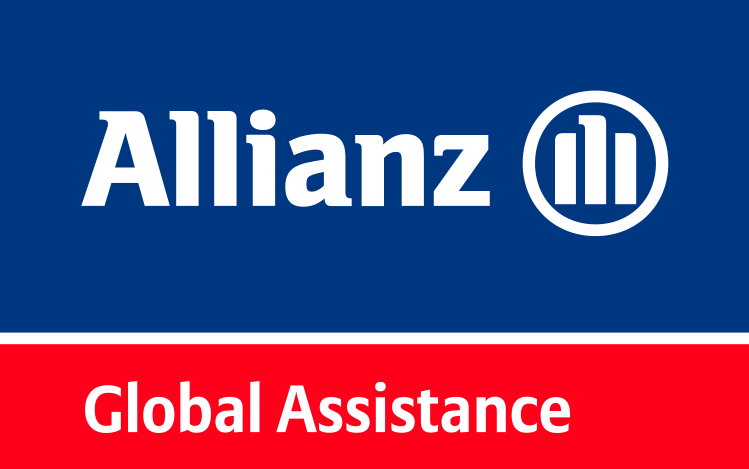One of the most exciting aspects when travelling abroad is the chance to experience the more unique eating customs and cuisines of your host country. From the vibrant flavors found in a traditional paella, to the finger-licking spices cooked into piri-piri Chicken, and everything in between.
But it’s important to research and exercise caution before diving headfirst into the proverbial Smorgasbord. According to the World Health Organization (WHO), nearly half a million people around the world die of foodborne illnesses from contaminated or unsanitary foods. Also, each country has its own dining ettiquette and rules you should respect as a tourist.
When in doubt, it’s best to order a hot meal. After all, the higher the heat, the less chance there is of harmful bacteria and parasites that can cause traveller’s diarrhea. Consuming raw foods and shellfish should be done with extreme caution. Raw fruits and vegetables are a safer bet, but you’ll still want to wash them off properly first. And if you’re eating at a restaurant, avoid the foods that have been sitting at room temperature and go for the ones fresh off the oven. Exercise caution with salsas and other condiments prepared from raw foods that are not commercially sealed.
Believe it or not, there are still many countries around the world that don’t have safe drinking water options. Even if it is involuntary consumption, like through showering or brushing your teeth, the bacteria and parasites that live in contaminated water can be fatal. It’s best to avoid drinking water out of any tap in a foreign country, and instead spring for a bottled option. But double check to make sure the seal is intact.
While street food options may be cheaper, and the smells from their dishes may be tempting, it’s best to avoid eating from them altogether. Most of the time, street vendors do not have to abide by the same health and safety standards of a restaurant. You can't be sure of the quality and preparation practices of the food they cook. Still, if you choose to go this route, ordering a hot dish is the safest option.
Wherever you venture, be sure to wash your hands as often as possible and exercise good judgement when deciding what and where to eat. You can go the extra step and
protect yourself by purchasing a Travel Insurance policy with medical coverage from Allianz Global Assistance, in the event that you do fall ill while travelling abroad. Please note that travel insurance does not cover everything, we advise you to read the terms and conditions of your policy or contact us before your trip if you have any questions.
If you develop foodbourne illness while travelling, don’t panic. Most cases of of travellers diarrhoea resolve in a few days. But you should know when to seek medical attention. Severe symptoms include blood in stools, diarrhea that lasts more than three days and high fever.
You can find a more detailed look at
Food & Safety advice from the Government of Canada.
Remember, ice can carry the same contaminants as tap water. Only use ice in your beverages that is made from puried or disinfected water. For drinking options overall, commercially sealed beverages in cans and bottles are most safe. Drinks made from boiling water, such as coffee and tea, are generally safe.
Consuming pasteurized milk from a sealed bottle is safe. Don’t drink milk stored in open containers, including cream for coffee and tea. Avoid unpasteurized cheese and yogurt.
1. Japan
This East Asian nation is one of the most popular travel destinations worldwide. If you are enjoying sushi, Japan’s most popular national dish, use your fingers instead of chopsticks. Attempting to tip for services can also be offensive.
2. France
Considering Canada’s cultural and historical ties to France, it’s not surprising that the Western European nation is a favorite tourist destinations for Canadians. When dining in a foreign nation, it’s important to respect foods that are delicacies. In France, this means not spreading your foie gras over your toast with a knife. You should instead simply set it on top of your toast, then eat it.
3. Argentina
Buenos Aires, Argentina is the most popular tourist desination in South America. When dining here, a 10 percent tip is customary. Compared to North America, service at restaurants in Argentina is incredibly slow, with the point being for diners to enjoy a leisurely meal.
4. South Africa
Johannesburg is the most popular tourist destination in Africa. When dining out, tipping at least 15 percent is customary and more is greatly appreciated. Never use you left hand to eat unless you are consuming something that clearly requires both hands.
As a world leader in travel protection, we help Canadians and visitors to Canada answer the call of adventure with confidence every year. Let us be there for you too.
Travel insurance is underwritten by CUMIS General Insurance Company, a member of The Co-operators Group of Companies, administered by Allianz Global Assistance, which is a registered business name of AZGA Service Canada Inc.

